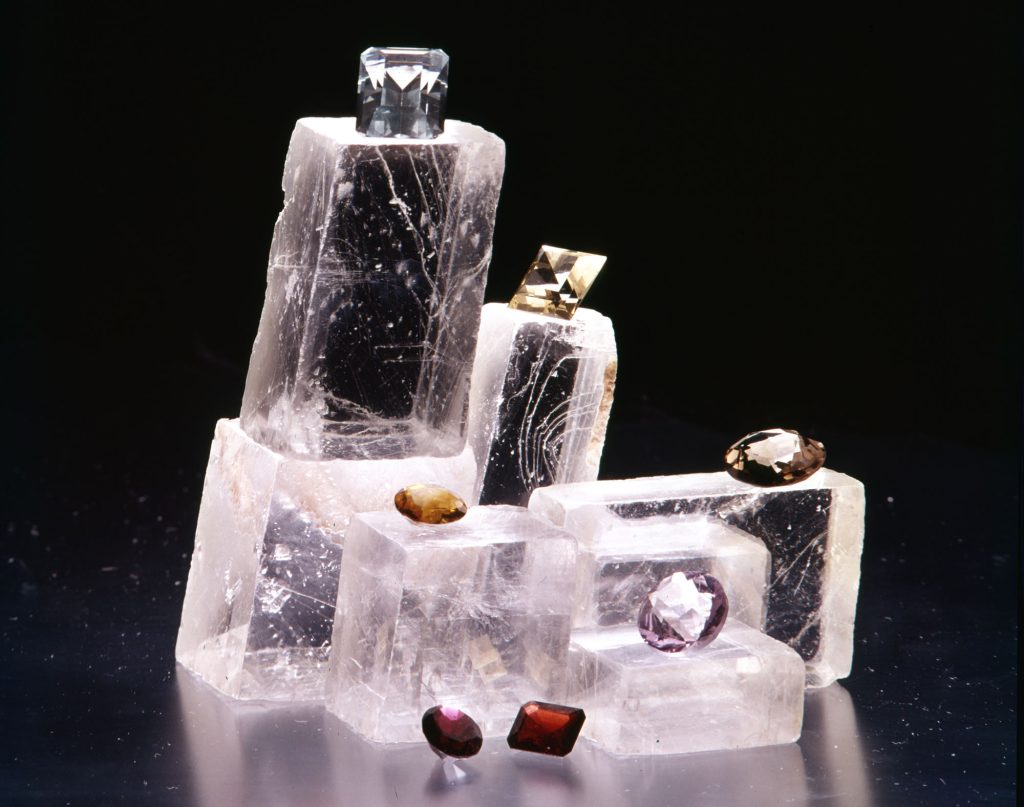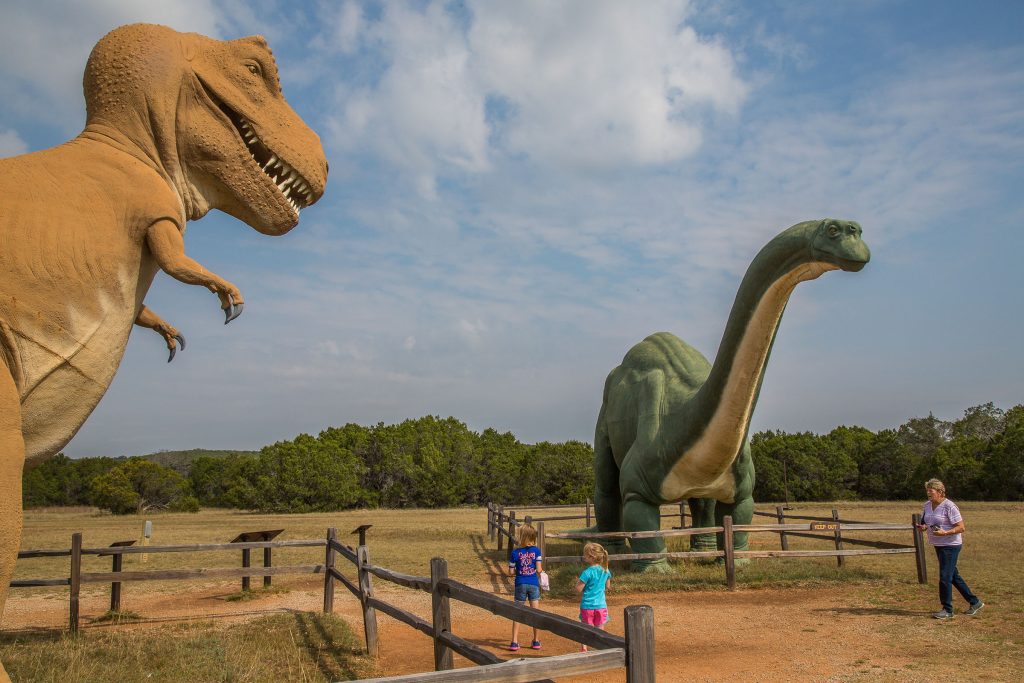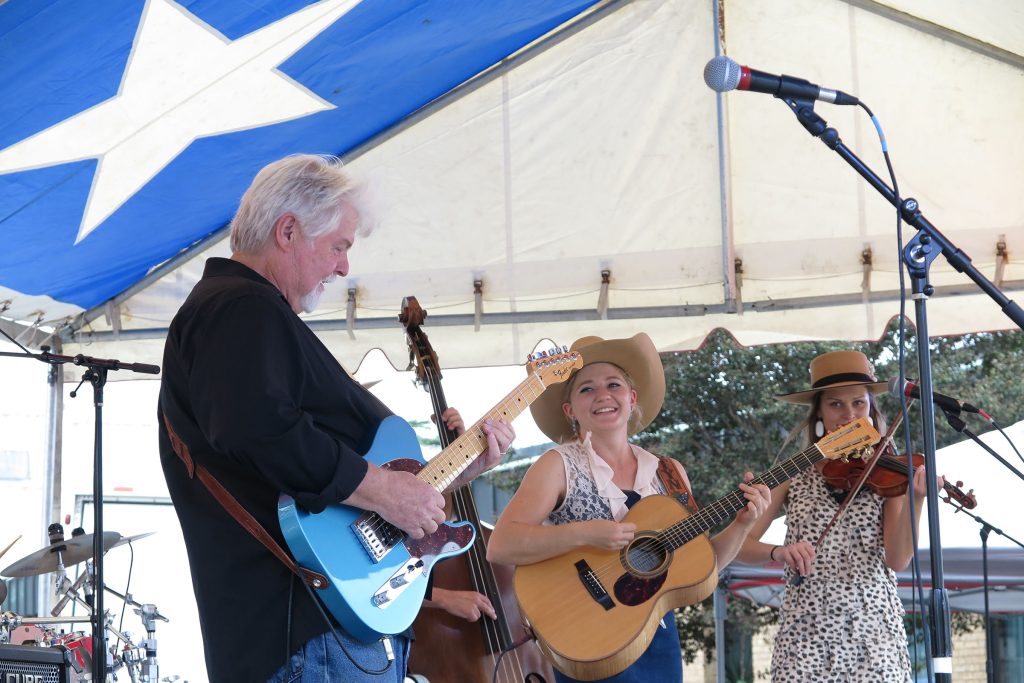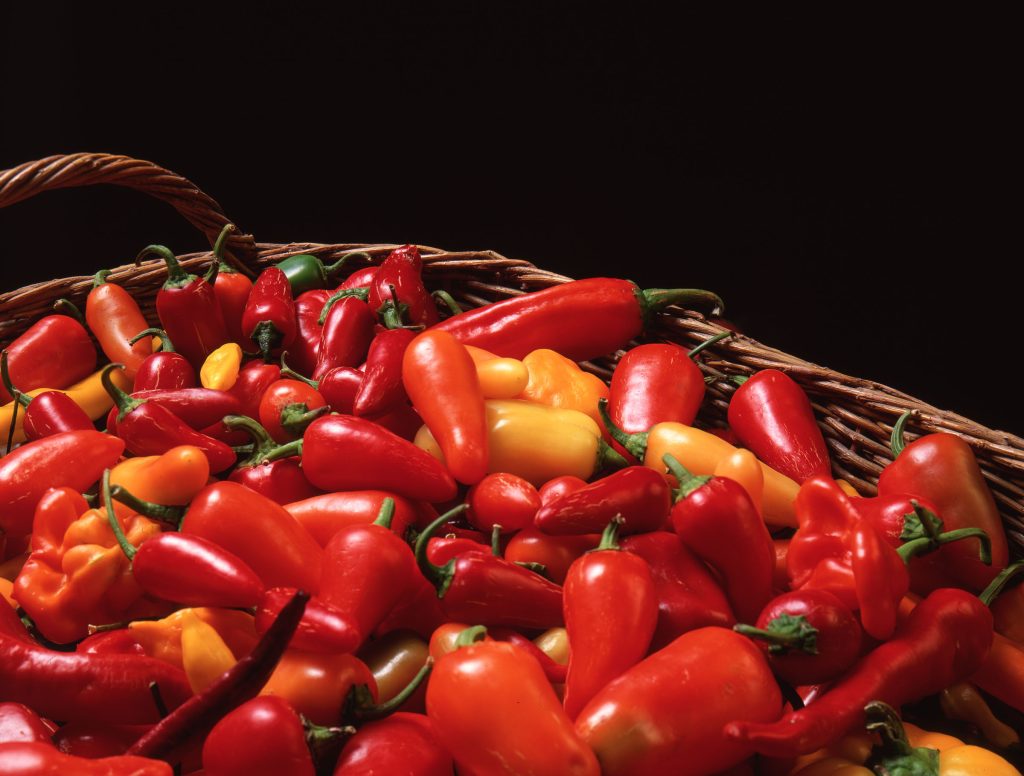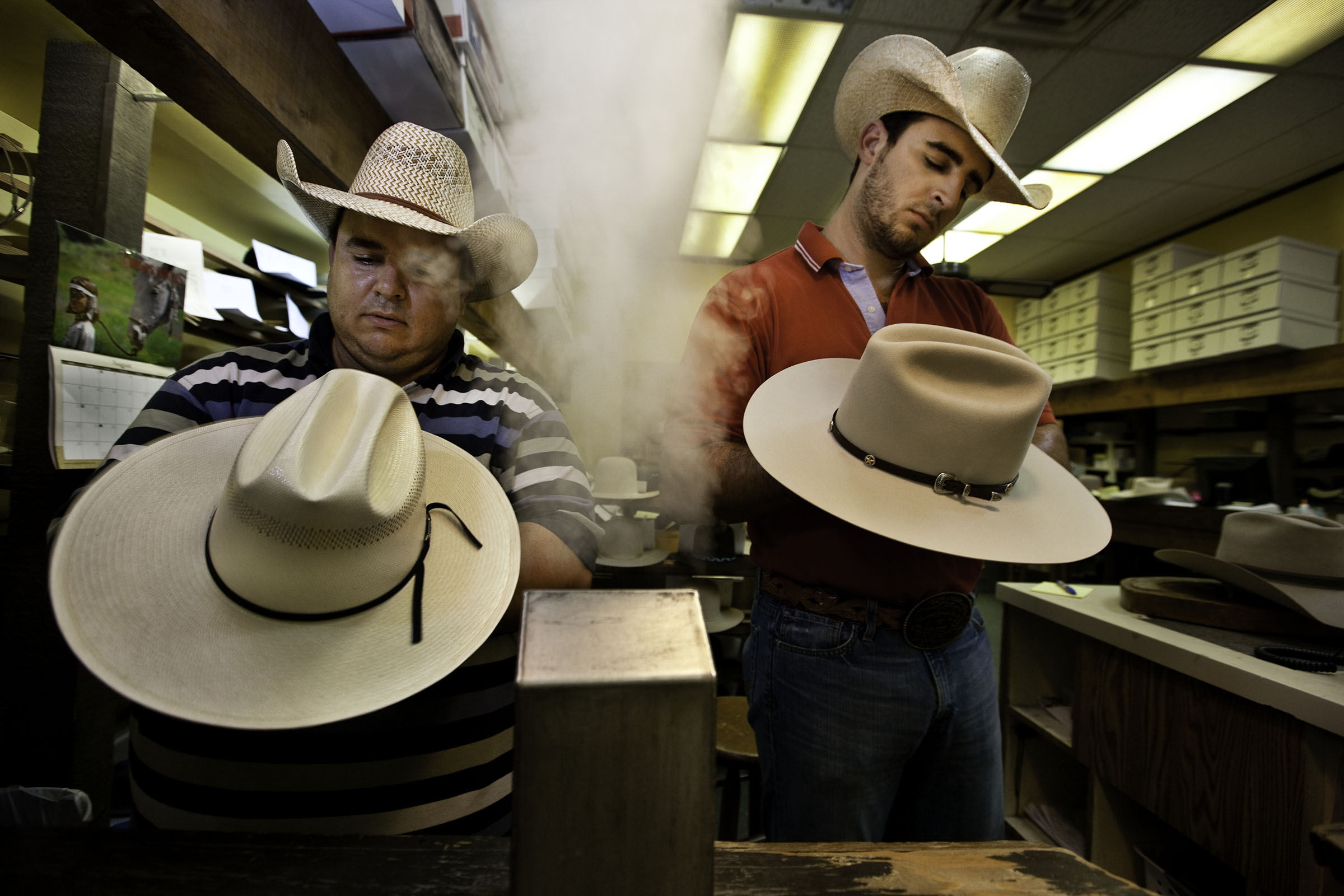
State Hat
Cowboy Hat
Adopted: 2015
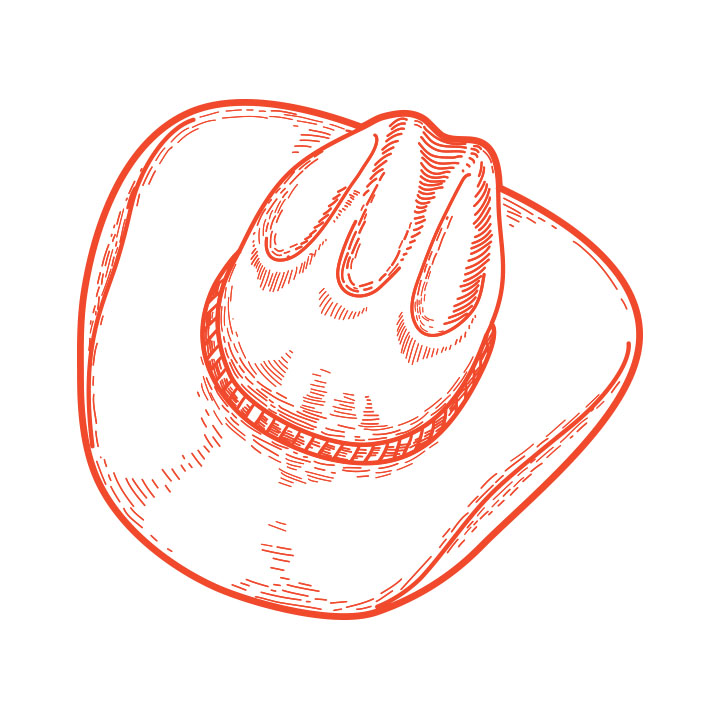
Texas became the first state to adopt an official state hat, and naturally, it was the cowboy hat. Worn by presidents, lesser politicians, Texas state highway troopers, country and rock stars, barrel-racing cowgirls, villain J.R. Ewing of the television show Dallas, and even real-life ranching icons, like Big Bend’s Hallie Stillwell and Albany’s Watt Matthews.
More accustomed to boardrooms instead of punching cows, Amon Carter, “Mr. Fort Worth,” was often seen in public in a business suit and his trademark Shady Oak Stetson, which he presented to hundreds of dignitaries when they visited. A Kilgore Rangerette drill team’s white felt hat with white leather chin strap is in the Smithsonian Museum. Houston Oiler NFL Coach Bum Phillips sported his outsized Stetson at away games, as did his renegade players when they patronized Gilley’s honky-tonk of the movie Urban Cowboy fame. However, Phillips eschewed his hat for home games in the Astrodome because his “mama” taught him not to wear one indoors.
The 2015 Legislature’s resolution canonizing the cowboy hat traced its lineage: “broad-brimmed hats with high crowns” worn by 13th century Mongolian horsemen, Spanish headwear of the 15th and 16th centuries and sombreros donned later by vaqueros in Spanish Mexico, all precursors to “the emergence of the cowboy in the southwestern United States in the 19th century.” Form, not fashion, dictated its function, the resolution noted: “The wide brim provided the face, neck and shoulders of the wearer shade from the sun and cover from the rain while enduring the elements on a ranch or cattle drive.”
The son of a New Jersey hatmaker, John B. Stetson was inspired during an 1860s trip to Colorado’s Pikes Peak to design a hat to protect him from the weather, which he began to manufacture in his Philadelphia headquarters. Production moved to Missouri and finally to Texas, where Stetsons are fabricated at Hatco Inc. in Garland. Hatco also mass-produces another huge U.S. brand of cowboy hats, Resistol, worn by Texas Highway Patrol officers. Resistol moved from Dallas to Garland in 1938.
Learn • Go • Do
Read the detailed text of the 2015 resolution signed by Gov. Greg Abbott
The National Cowboy and Western Heritage Museum provides a brief online history of cowboy hats.
Other perspectives: a Houston Chronicle focus on Stetson’s Texas legacy, and Texas Highways’ spotlight on Stetson and Resistol’s manufacturer Hatco Inc., whose 7,500 square-foot Texas facility is described as “a working museum” of hatmaking. Hatco offers group tours.
Biggar Hat Store on Decatur’s historic town square offers an intimate experience that could involve artisan Jeff Biggars, a former Resistol designer whose shop has vintage Singer sewing machines, antique hat blocks and rare hat-making tools. Biggar’s invitation: “Come in and sit back while a true professional shapes your hat.” If you can’t visit, watch the Biggar’s video.
If you attend the State Fair of Texas in Dallas, look up 55 feet at the entrance to view Big Tex’s custom-made 95-gallon lid. Higher still is an oversized red cowboy hat that tops a 65-foot-high rendition in Paris, Texas, of France’s Eiffel Tower.
Read More

